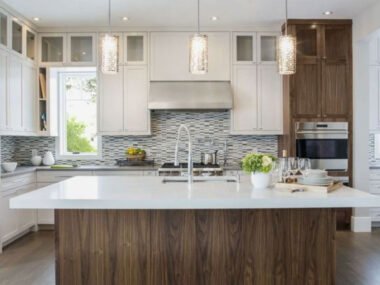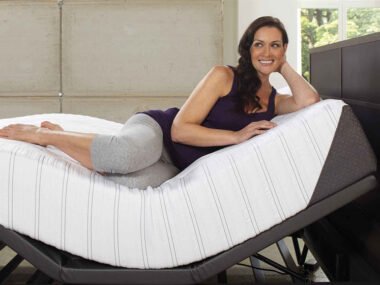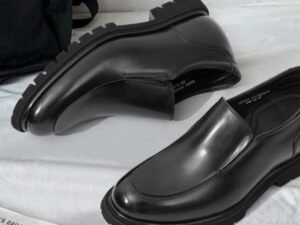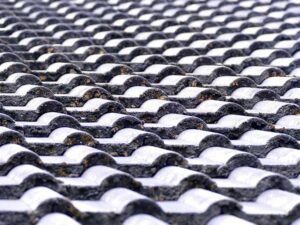You don’t need to spend thousands of dollars remodelling your house to improve energy efficiency. With a few tweaks to your habits and minor upgrades, you can save money on your heating and cooling bills and do your bit to combat climate change. In this article, we will discuss some ways to improve your home’s energy efficiency without denting your wallet.
Install Energy-Efficient Doors and Windows
Unlike the regular ones, energy-efficient windows and doors are double or triple-paned, so the spaces between panes are filled with gas for proper insulation in areas with extreme temperature fluctuations. Low-E coating regulates the temperature from within by reducing heat gain in summer and heat loss in winter. Moreover, energy-efficient window and door frames are made with vinyl, wood, or fibreglass with higher insulation and features such as weather stripping and tight seals to block air leakage and prevent heat transfer.
Fix the HVAC Air Filter
The filters in furnaces and air conditioners prevent dirt, dust particles, and other air pollutants from recirculating in your home. However, clogged filters require more energy to run the HVAC system. To prevent excess energy consumption, check the filters every once in a while. Turn off the thermostat while changing the filter to protect the HVAC system from dust and loose debris. Also, while changing the filters, carefully follow the arrow markings to ensure the new filter is oriented correctly for improved airflow. Remember to check the MERV number on the filter to ensure the new one is the same as the old one.
Caulk Around Your Windows
Caulk is critical in securing your windows from insects, pollen, and other elements. When the caulk wears down, air passes through your home, making the HVAC system work harder to meet the set temperature. If the caulk begins to break down, replace it immediately to insulate your windows and protect your family from insect bites and allergens. As for the visual appeal, you can match the caulk colour with the trim’s paint to enhance the aesthetics.
Use Window Inserts Instead
Opt for window inserts to save some cash on upgrading your windows. A viable alternative to window glass, window inserts are custom-cut glass panes that snugly fit into the existing window frames. They are highly insulated, so your heating and cooling costs will be in control. The noise reduction feature is another reason homeowners prefer window inserts to decrease sound transmission.
Invest in Eco-Friendly Roofing
Eco-friendly roofing is designed from materials that reduce heat transfer, mitigate the urban heat island effect, reflect solar radiation, improve insulation, and promote sustainability. The insulation keeps your home warm in winter and cool in summer, reducing energy consumption for air conditioning and heating systems. Furthermore, adequate ventilation in roofing prevents moisture accumulation in winter and heat buildup in summer and maintains consistent temperatures indoors.
Add Window Films
Window films are a game-changer in boosting energy efficiency in your home. Available in different shades, low-emissivity (Low-E) films have a thin metallic coating to reflect interior heat during winter, reduce heat loss, improve the heating system’s efficiency, and cut energy costs. Window films regulate indoor temperature by reducing reliance on electronic heating and cooling systems, which translates to a smaller carbon footprint and lower utility bills. Some window glass films also block harmful UV rays and regulate the temperature by reducing the heat gain from the UV rays.
Stick to a Programmable Thermostat
Install a programmable thermostat to regulate the temperature as needed. For instance, in colder weather, you can set a lower temperature when you are asleep and gradually increase it when you wake up. In warmer conditions, raise the temperature when you are away and lower it when you are back. A programmable thermostat is usually easy to install, but you may require a technician to understand some complicated settings.
And there you go! Implement these suggestions to reduce energy loss and create a comfortable living space without draining your finances.










